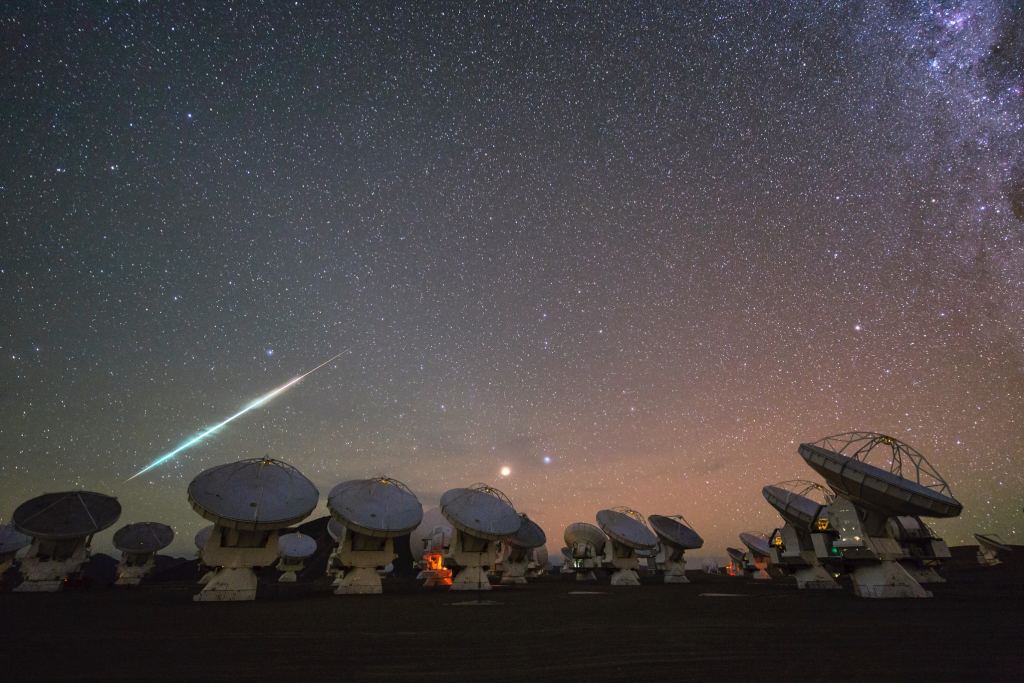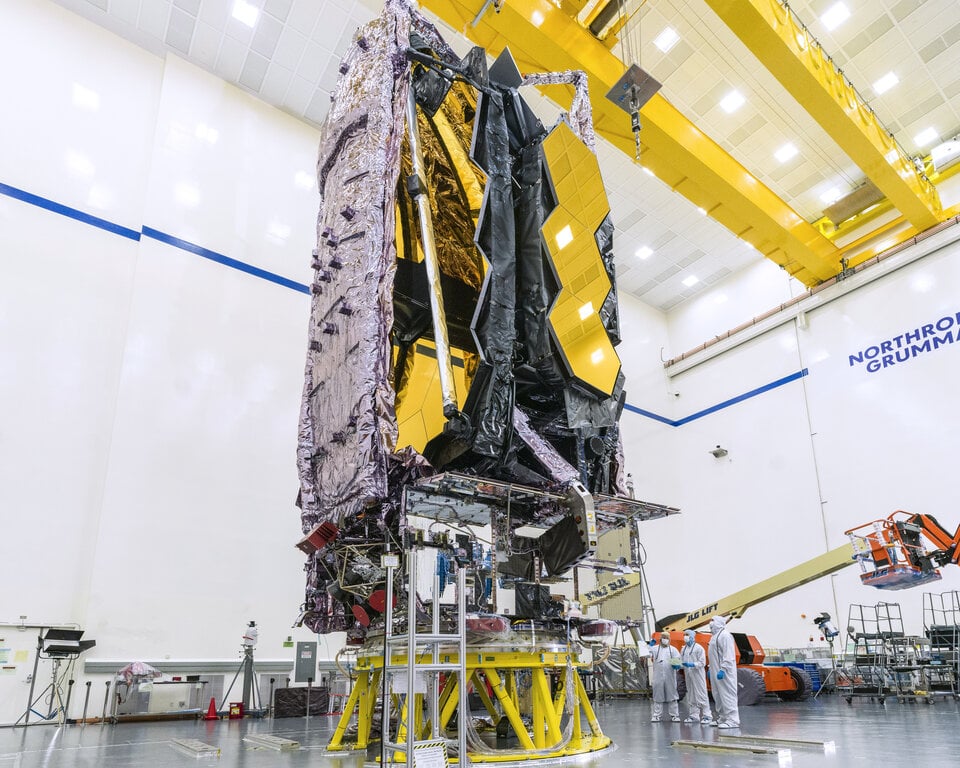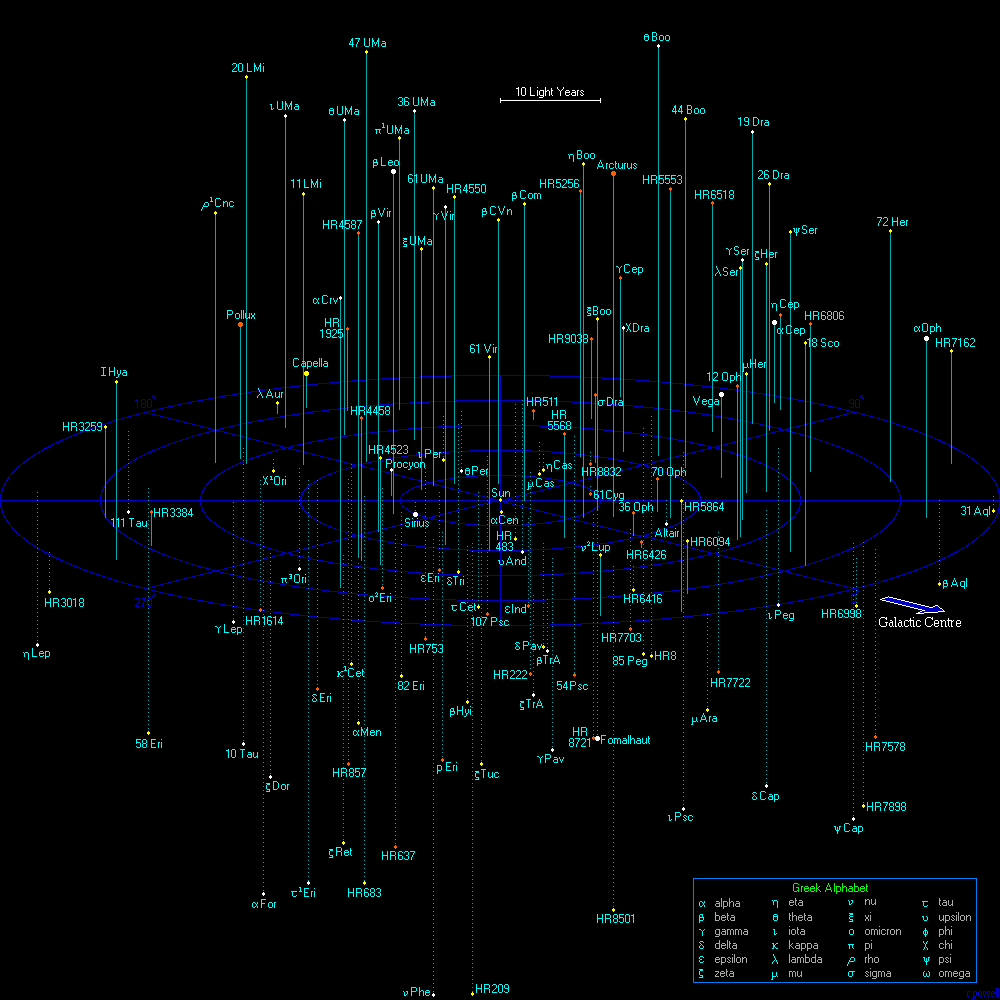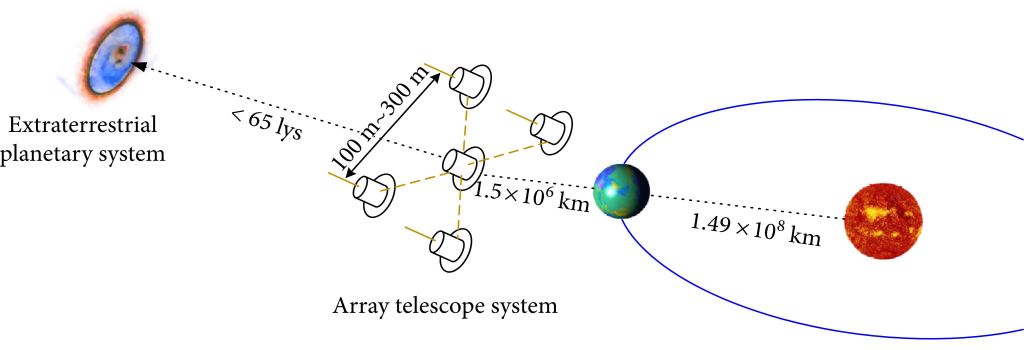We've found thousands of exoplanets in the last couple of decades. We've discovered exoplanets unlike anything in our own Solar System. But even with all we've found, it seems like there's more and more to discover. Space scientists of all types are always working on the next generation of missions, which is certainly true for exoplanets.
Chinese researchers are developing an idea for an exoplanet-detecting array of space telescopes that acts as an interferometer. But it won't only detect them. The array will use direct imaging to characterize distant exoplanets in more detail.
The team presented their idea in a paper published in the journal Space: Science and Technology. The paper's title is " Mission Design of an Aperture-Synthetic Interferometer System for Space-Based Exoplanet Exploration. " The lead author is Xiangyu Li from the Beijing Institute of Technology.
Exoplanets are at the forefront of astronomy. Kepler, TESS, CHEOPS, and others have advanced exoplanet science considerably, but the holy grail in exoplanet research is finding another habitable world similar to Earth. So far, no luck. The authors of this study think they can make progress toward the ultimate goal in exoplanet research: 'another Earth.'
"In recent years, exoplanet detection has become the technological frontier in the field of astronomy," the authors write. "Deploying several satellites to form an aperture-synthetic interferometer system in space may help discover 'another Earth' via interferometry and mid-infrared broadband spectroscopy."
Space-based telescopes are our most powerful tools for finding exoplanets. They're away from the negative effects of Earth's atmosphere, and they have the resolution sensitivity necessary to detect exoplanets. NASA's Kepler and TESS space telescopes have found most confirmed exoplanets, but they have limitations. This proposed mission gets around some of those limitations.
Telescope performance is limited by size: better telescopes mean bigger telescopes. So even though Kepler and TESS have found thousands of exoplanets, their impressive results would be even more impressive if they were larger. We can design and build larger space telescopes, but the designs are still limited by the capabilities of our rockets.
Rockets can only launch so much mass into space, and all that mass is confined to a small area. That's why Kepler and TESS aren't particularly large or massive. The James Webb is our most powerful space telescope, but its design was limited because it has to fold up to fit into a rocket, then unfold in space. This factor limits the size of all space telescopes, and in James Webb's case, it also added to design complexity. All that complexity creates more opportunities for failure. Interferometers are one way around the launch limitations of rockets, and while interferometers have their own complexities, they don't need to fold and unfold.
Interferometers can create a virtual telescope from multiple smaller telescopes. So by launching a group of smaller telescopes that coordinate as an interferometer, we can get more powerful telescopes into space while working within rocket limitations. That's what this initiative is all about.
The design is configured around one over-arching goal: to detect and characterize an Earth-like exoplanet near a Sun-like host star using direct imaging. According to the authors of this study, an interferometer can achieve that while working within launch limitations.
The proposed interferometer has a clear objective: to search for and characterize habitable exoplanets in our solar system's neighbours within 65 light-years. To do that, the study outlines four requirements:
- High spatial resolution. The star-planet angular distance is better than 0.01 arcsec 65 light-years away from the Sun.
- High contrast. The brightness of planets and stars differs by at least seven orders of magnitude in the mid-infrared band.
- High sensitivity. The planet's brightness in the signal dominant band is less than three photons/sec/m2.
- Wide spectral range. Indirect observation in the near-infrared band of 1 to 5 ?m and direct observation in the near-infrared band of 1 to 13 ?m.
The proposed interferometer has five components: four detectors and one collector. The system would require three separate launches. The first launch would take the collector and one detector into space, the second would take a pair of collectors, and the third would take the final collector.
The interferometer's location is critical for good results. "The mission orbit is crucial for the exoplanet exploration by using an array telescope. The ideal mission orbit should keep away from the electromagnetic interference in the vicinity of the Earth and operate in a relatively clean dynamic environment to reduce the magnitude and frequency of orbit maintenance," the authors explain in their paper. For those reasons, the team has settled on the Sun-Earth L2 halo orbit, home of the James Webb, Gaia, and other space observatories.
There's no firm plan to design, build, and launch this system. Instead, it serves to "... provide a design reference for future space-based exoplanet exploration missions."
But if it is ever built, or one similar to it, it might get us closer to our goal: Another Earth.
More:
- Press Release: Mission design of an aperture-synthetic interferometer system for space-based exoplanet exploration
- Published Paper: Mission Design of an Aperture-Synthetic Interferometer System for Space-Based Exoplanet Exploration
- Universe Today: Just a Few Pixels Would let Astronomers Map Surface Features on an Exoplanet Like Oceans and Deserts
 Universe Today
Universe Today




